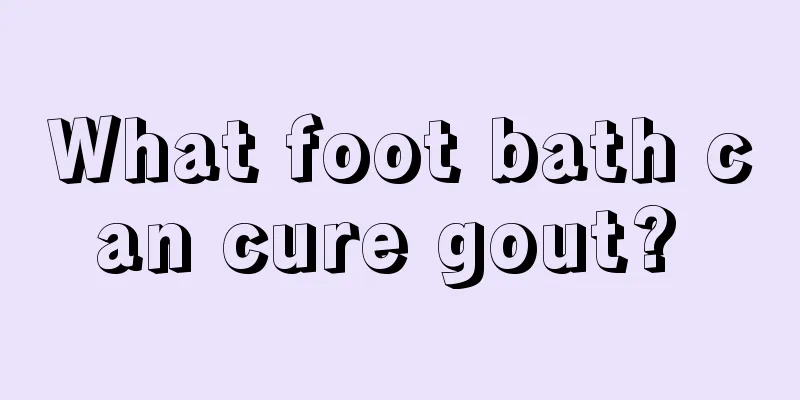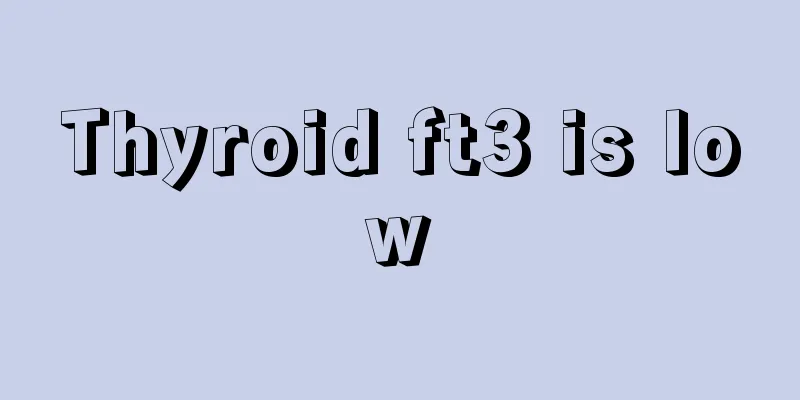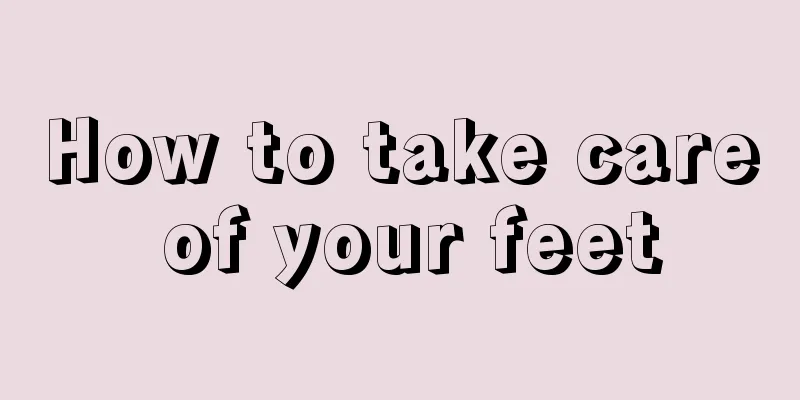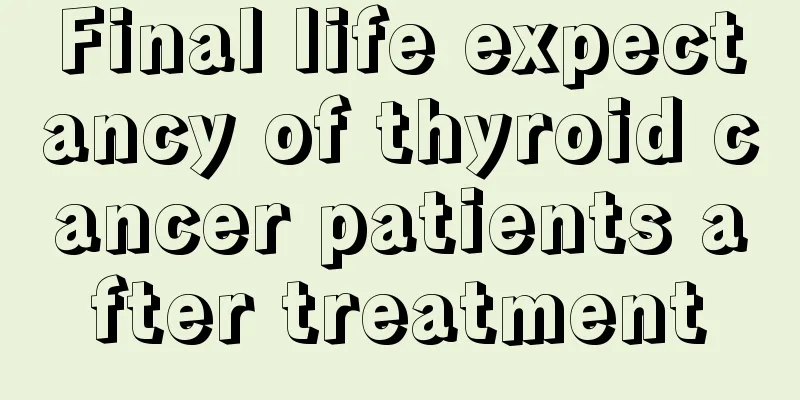Does toothache after filling mean that the filling was not healed?
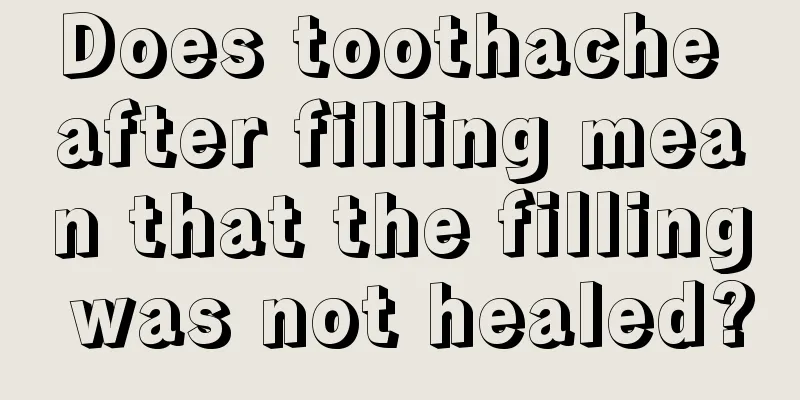
|
Tooth filling is a common treatment method in dentistry. It is a very effective treatment method for people who are missing or incompletely toothed. Generally speaking, there will be no pain or other discomfort symptoms after a tooth filling, but there are exceptions. Many people experience severe pain after a tooth filling. So, what are the reasons for toothache after filling? 1. Why do I still have toothache after filling? 1. If treatment is required, the dental pulp must be deactivated (commonly known as killing the nerves). Toothaches may occur on the day or the next day after the deactivation drug is applied due to the effects of the drug, but the pain will not be severe and will not last for a long time. 2. Temporary pain: short-term hot or cold stimulation pain may occur during the process of preparing the cavity for the filling or due to the stimulation of the pulp by disinfectants. Such situations do not require special treatment and generally recover on their own after 1-2 days. This is the most common reason 3. Pain caused by hot and cold stimulation. If the caries cavity is deep, the padding material used is too thin to block the hot and cold stimulation conducted by the silver-mercury alloy, resulting in symptoms of pain caused by hot and cold stimulation. This requires thickening the base material before filling. 2. How to deal with toothache after filling After a tooth is filled, except for temporary toothache (such as pulp devitalization) that the doctor clearly tells the patient may occur, all other toothaches that occur after a tooth is filled should be treated in the hospital in order to find out the cause and deal with it in time. This situation is generally rare. Generally speaking, the cause of irritation pain or spontaneous pain in the short term after a tooth filling may be due to certain chemicals in the filling material irritating the pulp or apical tissue; it may also be due to incomplete pulp devitalization. If you have experienced bite pain recently, it is probably because the filling material is too high, causing premature contact when biting. After a few days of adjustment, you will return to normal. The long-term cause of pain is often secondary caries complicated by pulpitis. Pulp soothing or other endodontic treatment should be performed depending on the specific situation. 3. Care after filling In addition, we need to remind you that you must take appropriate care after filling your teeth, such as: ① Do not brush your teeth on the day after resin filling to prevent the filling material from falling off due to contact. ② After filling, the shape of the tooth can be restored, but the chewing function of the tooth will be damaged to a certain extent. Therefore, it is not advisable to chew hard food after filling, and you should not chew on the filled side in the early stage after filling. ③ It takes a certain amount of time for the filling material to solidify, so you should avoid eating within 2 hours after the filling. Two hours after the filling, you can eat some light, mild liquid and semi-liquid food, such as milk, bread, porridge and soup. |
<<: Is it more painful to remove the dental nerve or to extract the tooth
>>: A little trick to treat toothache caused by cold
Recommend
Can hotel towels spread diseases?
When we go out, we will inevitably stay in a hote...
There are a lot of black spots on my arms
If some black spots grow on your arms, you should...
Steps to make mole with vinegar and pastry
Many people in our daily lives have moles on thei...
The drug of choice for psychomotor seizures
Psychomotor seizures usually occur at around the ...
What are the diagnostic criteria for kidney cancer
With the development of a large number of basic a...
How to develop left brain memory
We all know that the left brain and the right bra...
Can breast cancer patients eat yam?
Can breast cancer patients eat yam? 1. Breast can...
Prevent constipation and stay away from rectal cancer
Constipation is a major accomplice of rectal canc...
Do you know if stomach cancer is contagious?
With the development of society, people's die...
How to make the eyeballs whiter
Eyes are a very important part of our five senses...
Those thyroid tumors require surgery
For many people, they want their thyroid gland to...
How to wash chili oil
When we eat, many people have different hobbies. ...
Taboos when visiting a newborn baby
In fact, it is very normal for friends and relati...
How to make lips smaller so they are sexier
Some people always think that thick lips will giv...
What are the medicines for killing centipedes
When killing centipedes, what medicine should we ...


